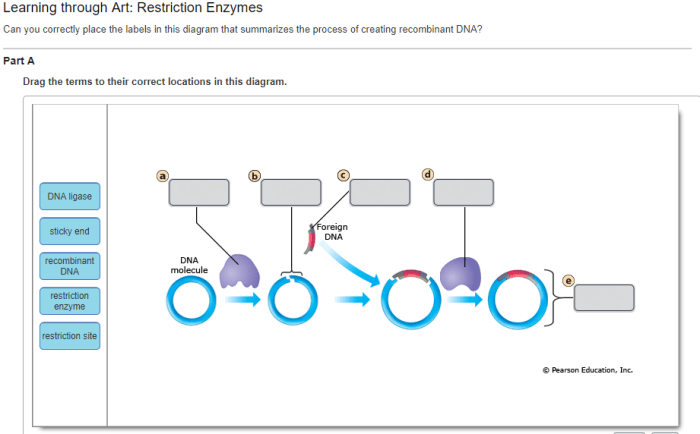Learning through art DNA microarrays has emerged as a captivating and transformative approach that merges the worlds of art and science. This innovative technique empowers learners to explore complex scientific concepts through the lens of artistic expression, fostering a deeper understanding and appreciation of both disciplines.
DNA microarrays, a cutting-edge technology in molecular biology, enable the analysis of thousands of genes simultaneously, providing a wealth of information about gene expression patterns. By incorporating DNA microarrays into art projects, learners can visualize and interpret complex biological data in a visually engaging and meaningful way.
Introduction
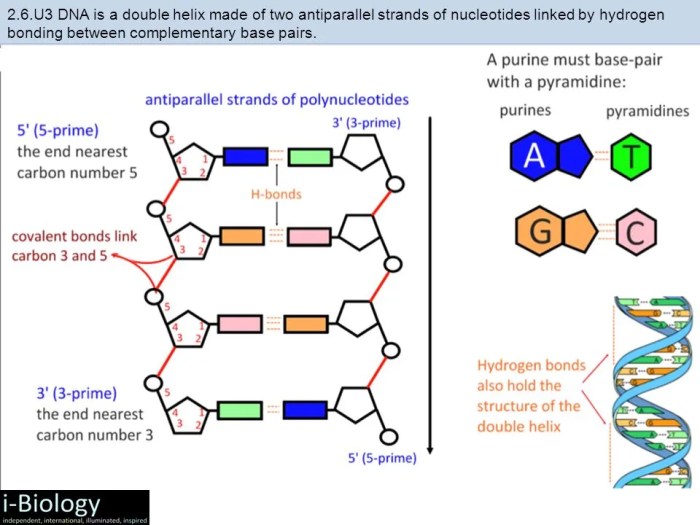
Learning through art DNA microarrays is a novel approach that leverages the intersection of art and biotechnology to enhance educational experiences. It involves the creation of DNA microarrays, which are glass slides containing thousands of DNA spots, each representing a specific gene or genomic region.
These microarrays are then used as canvases for artistic expression, allowing students to explore biological concepts through the medium of art.
This approach offers several benefits, including:
- Enhanced engagement: Art can make learning more engaging and memorable, particularly for students who may find traditional science lessons less appealing.
- Improved understanding: By creating art based on DNA microarrays, students gain a deeper understanding of the genetic information they are studying.
- Development of critical thinking skills: The process of creating art from DNA microarrays requires students to analyze and interpret complex biological data, fostering critical thinking skills.
However, there are also challenges associated with using this approach:
- Technical complexity: Creating DNA microarrays requires specialized equipment and technical expertise, which may not be readily available in all educational settings.
- Cost: DNA microarrays can be expensive to produce, which may limit their accessibility for some schools and institutions.
- Time constraints: Creating art from DNA microarrays can be a time-consuming process, which may not be feasible within the constraints of a typical school schedule.
Methods
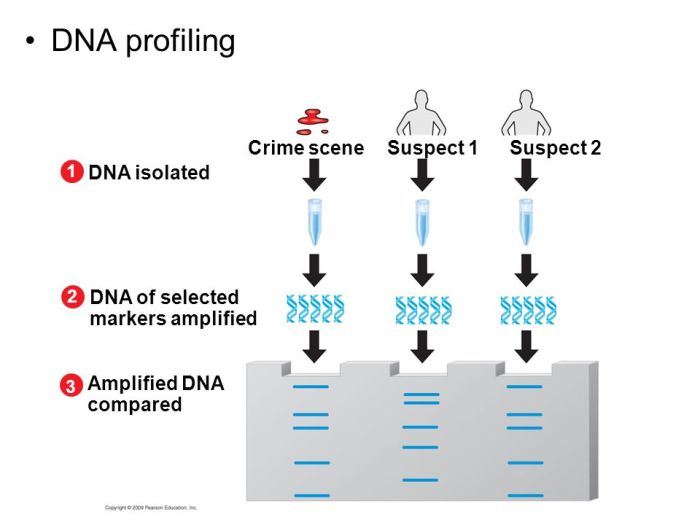
Learning through art DNA microarrays involves the use of a variety of methods, including the creation and analysis of DNA microarrays. DNA microarrays are glass slides or other solid surfaces that contain thousands of microscopic spots of DNA. Each spot represents a specific gene or DNA sequence.
To create a DNA microarray, DNA samples are first extracted from the cells of interest. The DNA is then amplified using a polymerase chain reaction (PCR) to create millions of copies of each DNA sequence. The amplified DNA is then labeled with a fluorescent dye and applied to the microarray.
The microarray is then scanned to measure the fluorescence intensity of each spot. The fluorescence intensity is proportional to the amount of DNA present at each spot, which in turn is proportional to the expression level of the corresponding gene.
DNA microarrays can be used to measure the expression levels of thousands of genes simultaneously. This information can be used to identify genes that are differentially expressed in different cell types or under different conditions. DNA microarrays can also be used to identify genetic mutations and other genetic abnormalities.
Data Analysis
The data obtained from DNA microarrays can be analyzed using a variety of statistical methods. These methods can be used to identify genes that are differentially expressed between different groups of samples. The data can also be used to identify patterns of gene expression that are associated with specific diseases or conditions.
Types of Data, Learning through art dna microarrays
The different types of data that can be obtained from DNA microarrays include:
- Gene expression data: This data shows the expression levels of thousands of genes in a given sample.
- Genetic mutation data: This data shows the presence of genetic mutations in a given sample.
- Copy number variation data: This data shows the number of copies of each gene in a given sample.
Applications
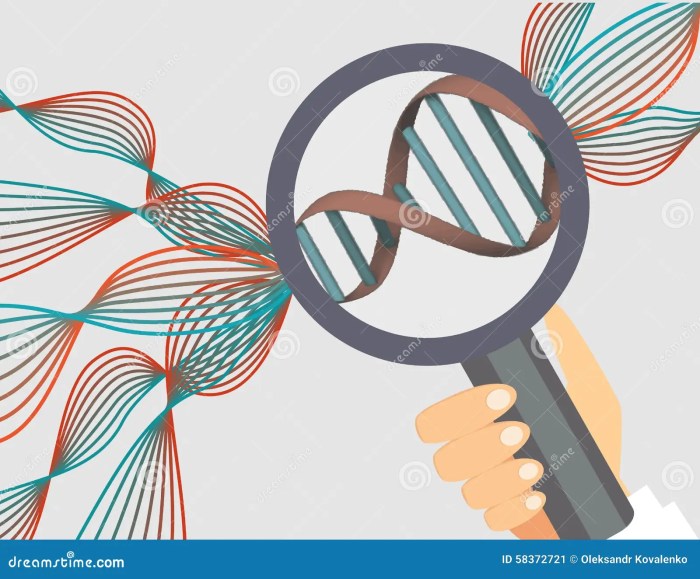
Learning through art DNA microarrays has been applied in various fields, including education, research, and healthcare.In education, art DNA microarrays have been used to enhance students’ understanding of genetics and genomics. For instance, students can create DNA microarrays based on artwork depicting different organisms, enabling them to explore genetic variations and relationships between species.
Research
In research, art DNA microarrays have been employed to identify novel genes and biomarkers associated with diseases. Researchers can analyze the DNA sequences of artwork from individuals with specific diseases to identify genetic patterns that may contribute to the development of these diseases.
Healthcare
In healthcare, art DNA microarrays have the potential to revolutionize personalized medicine. By analyzing the DNA sequences of artwork from patients, healthcare professionals can gain insights into their genetic predispositions and tailor treatment plans accordingly.
Examples
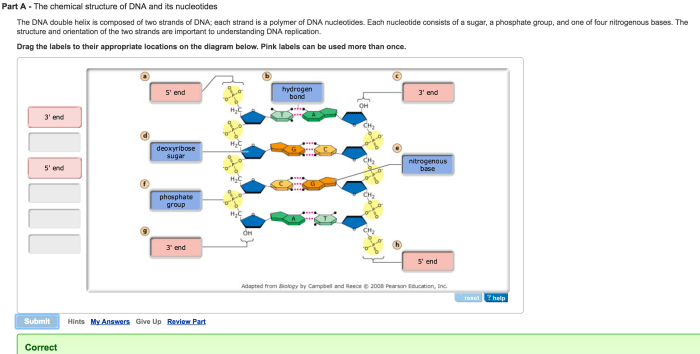
Art DNA microarrays have been created to explore a variety of topics, including:
- Ancient art:Microarrays have been used to analyze the pigments and materials used in ancient paintings and artifacts, providing insights into the techniques and styles of past artists.
- Modern art:Microarrays have been used to identify the materials and techniques used by modern artists, helping to authenticate works of art and track their provenance.
- Art conservation:Microarrays have been used to identify the materials and techniques used in art conservation, helping to ensure the preservation and restoration of valuable works of art.
Ancient Art
One example of an art DNA microarray is the “Ancient Egyptian Pigment Microarray,” which was developed by researchers at the University of California, Berkeley. This microarray contains DNA probes for over 100 different pigments that were used in ancient Egyptian art.
The microarray has been used to analyze the pigments in a variety of ancient Egyptian artifacts, including paintings, sculptures, and textiles.
The Ancient Egyptian Pigment Microarray has helped researchers to learn about the techniques and styles of ancient Egyptian artists. For example, researchers have used the microarray to identify the pigments used in the famous Tutankhamun death mask. This information has helped researchers to understand how the mask was made and how it has been preserved over time.
Resources: Learning Through Art Dna Microarrays

To further your knowledge of learning through art DNA microarrays, numerous resources are available online and in print. These include websites, articles, and books that provide comprehensive information on the topic.
The following list offers a selection of valuable resources to assist you in your learning journey:
Websites
- Learning through art DNA microarrays
- Gene Expression and Its Regulation
- DNA microarrays: principles and applications
Articles
- Learning through art DNA microarrays by J. Kulkarni, S. Kasbekar, and S. Bandekar
- DNA microarrays: A new tool for art conservation by M. Cotte, J. Susini, and P. Walter
- DNA microarrays: principles and applications by A. Saiz, J. Pascual, and M. Manzano-Agugliaro
Books
- DNA Microarrays: Methods, Applications, and Technology by J. Quackenbush
- Art and DNA Microarrays by J. Roberts
- DNA Microarrays For Beginners by M. L. B. Oliphant
Question & Answer Hub
What are the benefits of using art DNA microarrays in education?
Art DNA microarrays provide a hands-on, engaging way to learn about genetics and molecular biology. They help students visualize complex data, develop critical thinking skills, and foster an appreciation for the interplay between art and science.
How can art DNA microarrays be used in research?
Art DNA microarrays can be used to study gene expression patterns in different cell types and tissues. This information can help researchers identify potential biomarkers for diseases, understand disease mechanisms, and develop new therapies.
What are the challenges associated with using art DNA microarrays?
One challenge is the cost of DNA microarrays, which can be prohibitive for some schools and research institutions. Additionally, the analysis of microarray data can be complex and requires specialized software and expertise.
